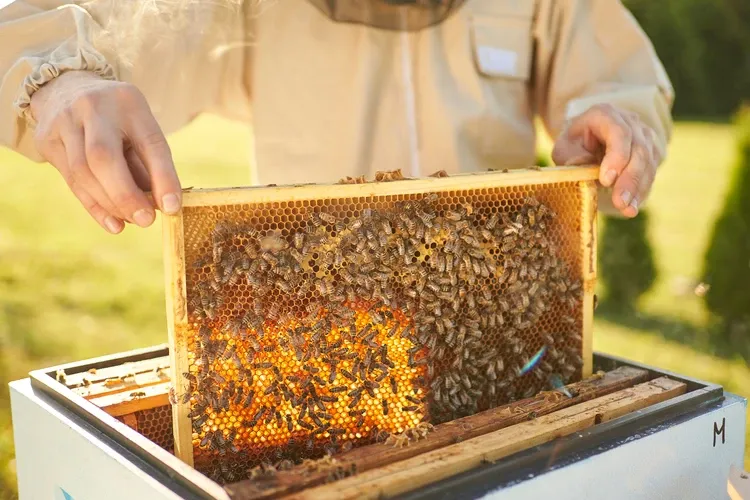The New York Times, known for its environmentalist reporting, admitted that the honey bee population is higher than ever, despite a widespread misperception to the contrary.
In an article entitled “The Beekeepers Who Don’t Want You to Buy More Bees,” New York Times journalist David Segal interviews Gorazd Trusnovec, a Slovenian beekeeper who installs and maintains honey bee colonies on the roofs of businesses and in backyards for a yearly fee.
As the article reports on Trusnovec’s business, the Times slowly reveals that their own “vanishing bees” alarmism is not reality. The admission begins with this quote from Trusnovec:
“If you overcrowd any space with honey bees, there is a competition for natural resources, and since bees have the largest numbers, they push out other pollinators, which actually harms biodiversity,” he said. “I would say that the best thing you could do for honey bees right now is not take up beekeeping.”
The Times article itself then explains why this beekeeping aficionado would discourage additional beekeeping efforts:
“There is a widespread and now deeply rooted belief that the global population of honey bees has been running dangerously low for more than a decade,” the article reads. “The notion has spurred a boom in beekeeping, most notably among corporations eager to demonstrate their green bona fides.”
The New York Times, which has pushed this narrative on many occasions over the last few years, explains that the panic-fueled boom in beekeeping has led to declines in populations of other native pollinators thanks to honey bees taking the lion’s share of the available nectar nearby. In some places, like Trusnovec’s native Slovenia, there is not enough nectar for the bees to produce honey; there is only enough to survive:
“It’s a tragedy,” he said. “In Slovenia, we need to feed honey bee colonies with sugar most of the year.”
The main admission comes when the article shares the relevant data about beehive numbers:
“Figures from the Food and Agriculture Organization of the United Nations underscore the point. The number of beehives around the world has risen by nearly 26 percent in the last decade, to 102 million from 81 million. Still, the save-the-bees narrative persists.”
The article also admits that commercial beekeeping operations have been efficient at keeping hives and using them productively:
“Large beekeeping operations are remarkably adept at replacing colonies that die. In the United States, about one million hives are trucked each year to places like California, where honey bees pollinate almonds and other crops, Mr. Black said. It’s a major industry.”
Bee conservationist Jim Cane, in an interview with the National Wildlife Foundation, offered a correction to the alarmist beekeeping fad two years ago, noting that efforts to raise colonies do not necessarily help bee populations.



